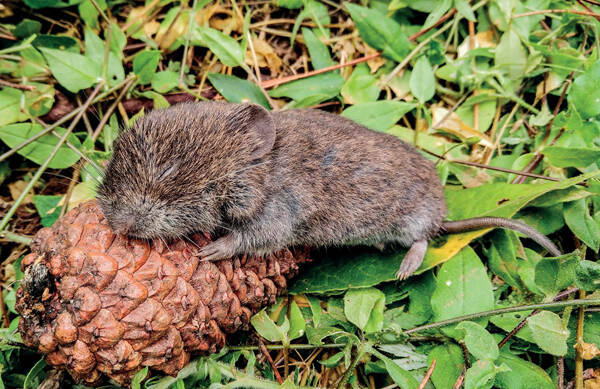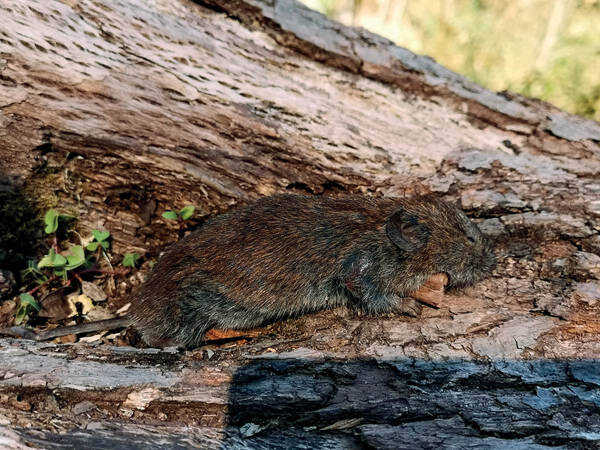Eothenomys miletus
IUCN
LCBasic Information
Scientific classification
- name:Eothenomys miletus
- Scientific Name:Eothenomys miletus,Eothenomys miletus confinii,Eothenomys miletus miletus,Asiatic velvet mouse
- Outline:Rodents
- Family:Rodentia Cricetidae Velociraptor
Vital signs
- length:100-110mm
- Weight:
- lifetime:
Feature
It is small, short and thick, with short limbs and tail. The back of the body is dark reddish brown, and the belly is blue-gray or gray.
Distribution and Habitat
It is endemic to China. It is distributed in Yunnan and Sichuan.
The big woolly rat lives in bushes and cultivated areas at an altitude of 1330-1618m and surrounding wastelands. It is also found in forest edges and bush areas in the foothills.
Appearance
Individuals are of medium size in the genus Eothenomys. The average body length is about 100mm. The average tail length is about 45mm, which is 45% of the body length. The ratio of tail length to body length is similar to that of the Yunnan Eothenomys (
Details
The large woolly rat belongs to the subfamily Arvicolinae. Its classification and identification have long been confusing, and the black-bellied woolly rat (Eothenomys melanogaster) is often included as a subspecies. The identification characteristics are also confusing due to tooth variation. It was previously believed that it was distributed in many provinces. Liu et al. (2012, 2018), Zeng et al. (2014) found that the large woolly rat is limited to Yunnan west of the Yangbi River and the Liangshan Mountain System in Sichuan.

The big woolly rat is mainly active at night, with two peaks a day: before dusk (19:00-21:00) and before dawn (5:00-7:00). Foraging activities are related to the abundance or scarcity of food in the habitat. When there is a shortage of food, it can temporarily migrate to a place with food; the food is stored in the warehouse, and it occasionally moves indoors during the food shortage season in the field.
The big woolly rat is a cave-dwelling rodent. Its caves are mostly distributed at the roots of bushes, tree roots and under weeds. Except for temporary caves, the cave system is relatively complex, with many cave entrances and forks. The cave entrances are mostly open to the east and south, with piles of fine soil outside the cave entrances, and obvious external rat passages between and around several cave entrances. The cave structure is relatively complex, with many forks, and there can be as many as dozens of cave entrances. The cave can be as long as 2.5-6m, or even more than 10 meters, and the cave can be forked, with more than 10 cave entrances or more. The diameter of the nest is 10-15cm. Some rat nests are built in the grass on the surface, and the deepest can be 50cm above the ground. Rat nests are built with weeds, grain stalks, leaves, etc., and males and females usually live together.

The big woolly rat is an omnivorous rat species, but it mainly feeds on the tender leaves, young shoots, stems of plants with high water content, flowers and seeds of green plants. It has the habit of storing food in caves, especially in late autumn.
The big woolly rat does not have many offspring, usually 2-4 per litter. It breeds 2-3 times a year. Except for the end of winter and the beginning of spring, it breeds all year round. However, there are still peaks in summer (about May) and autumn (about September), with the highest breeding rate in autumn.
According to a survey in Jianchuan, China (1974-1978), among the 24 species of rodents caught in areas where the giant woolly rat is distributed, this rat is the most common, accounting for 34.83%.
Listed in the 2008 Red List of Threatened Species of the World Conservation Union (IUCN) ver 3.1 - Least Concern (LC).









